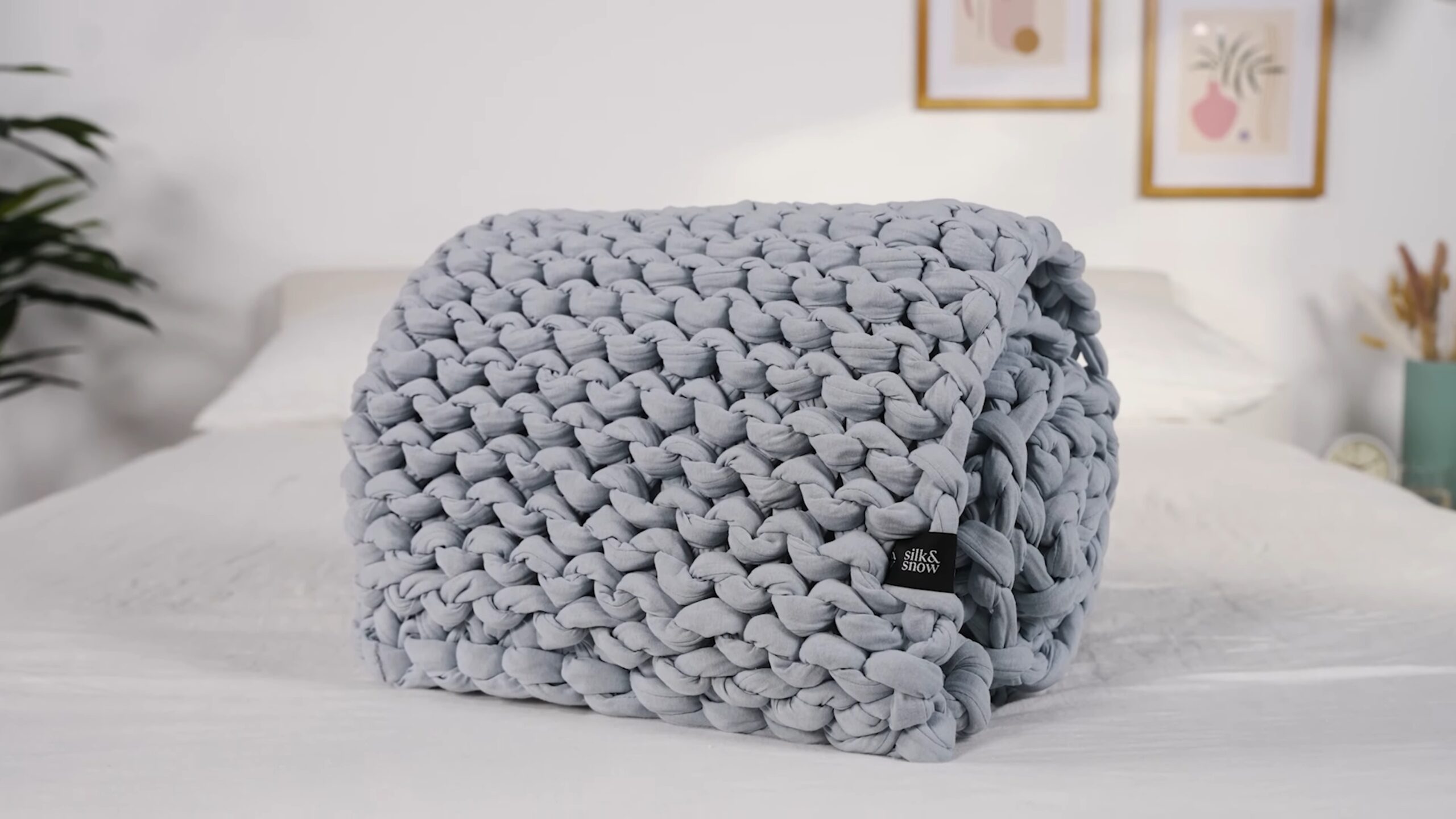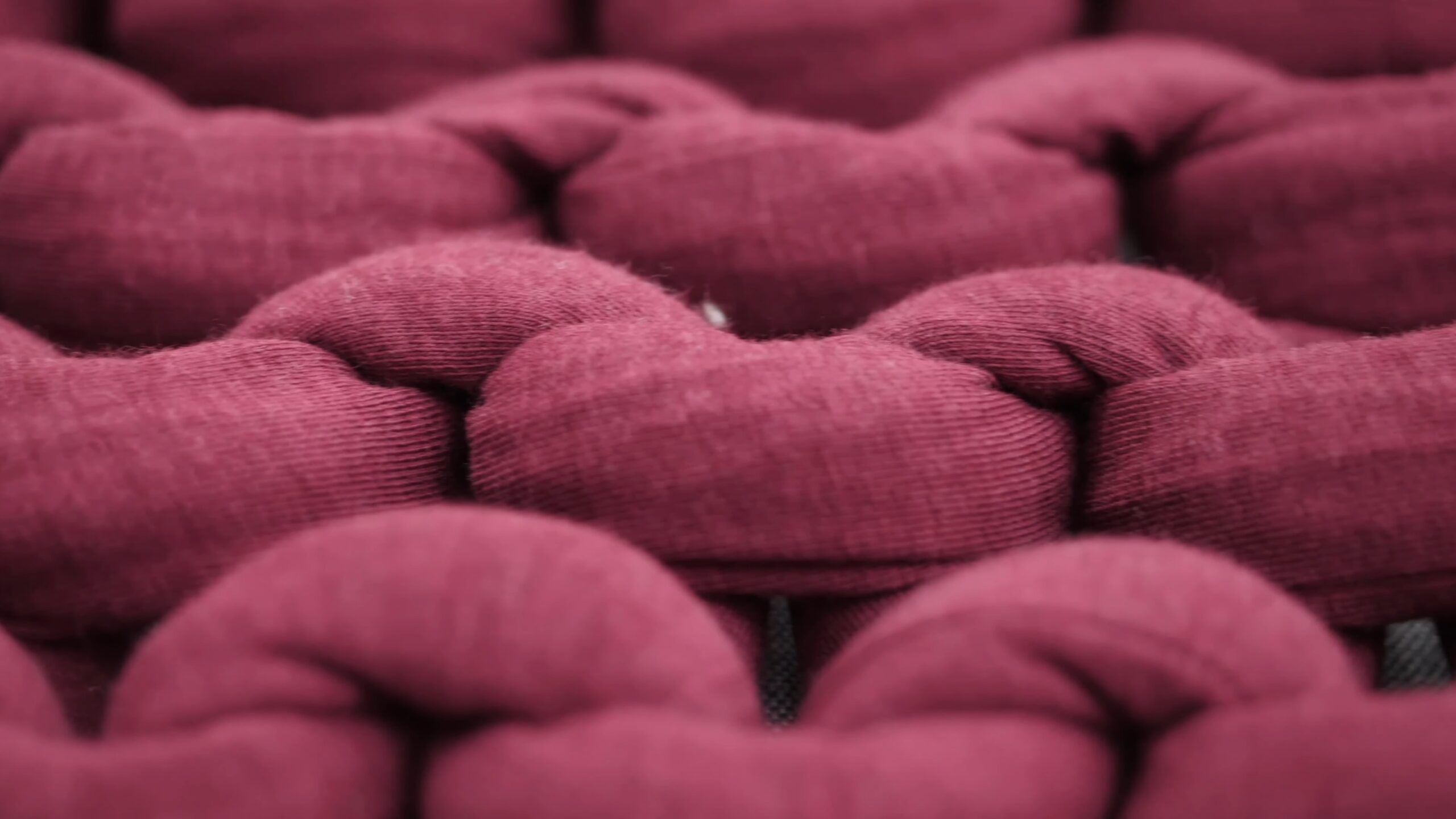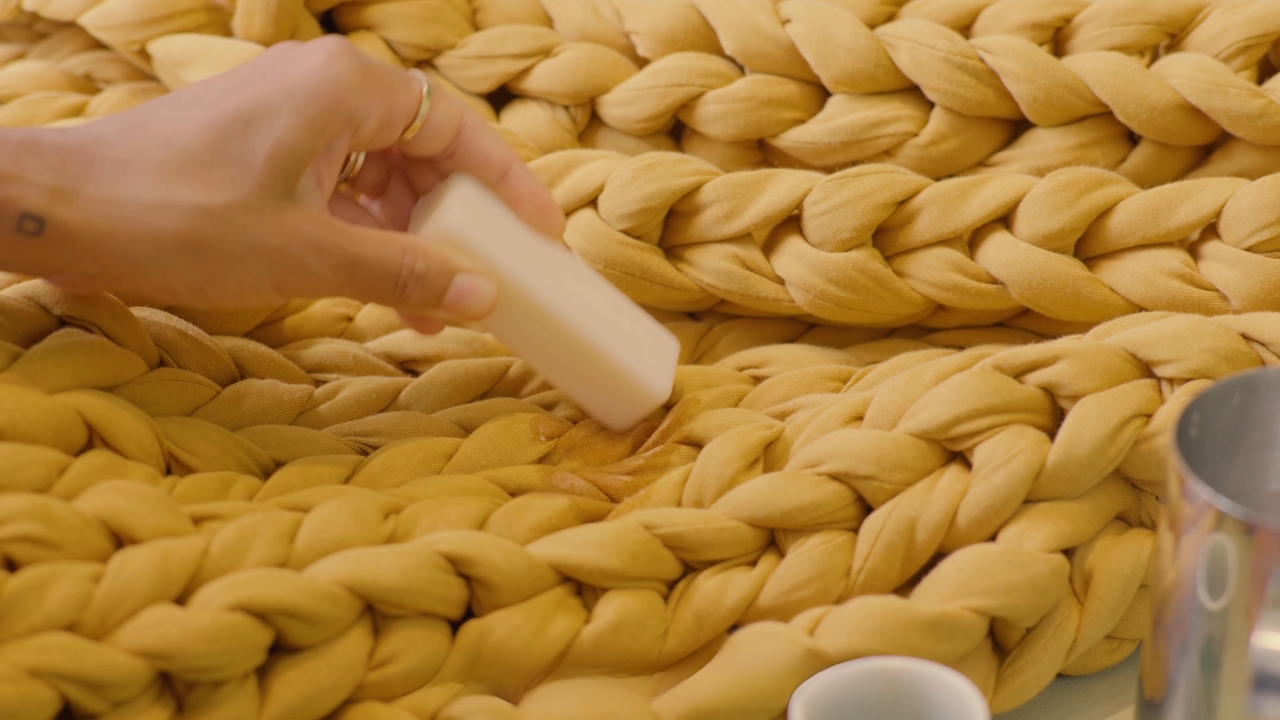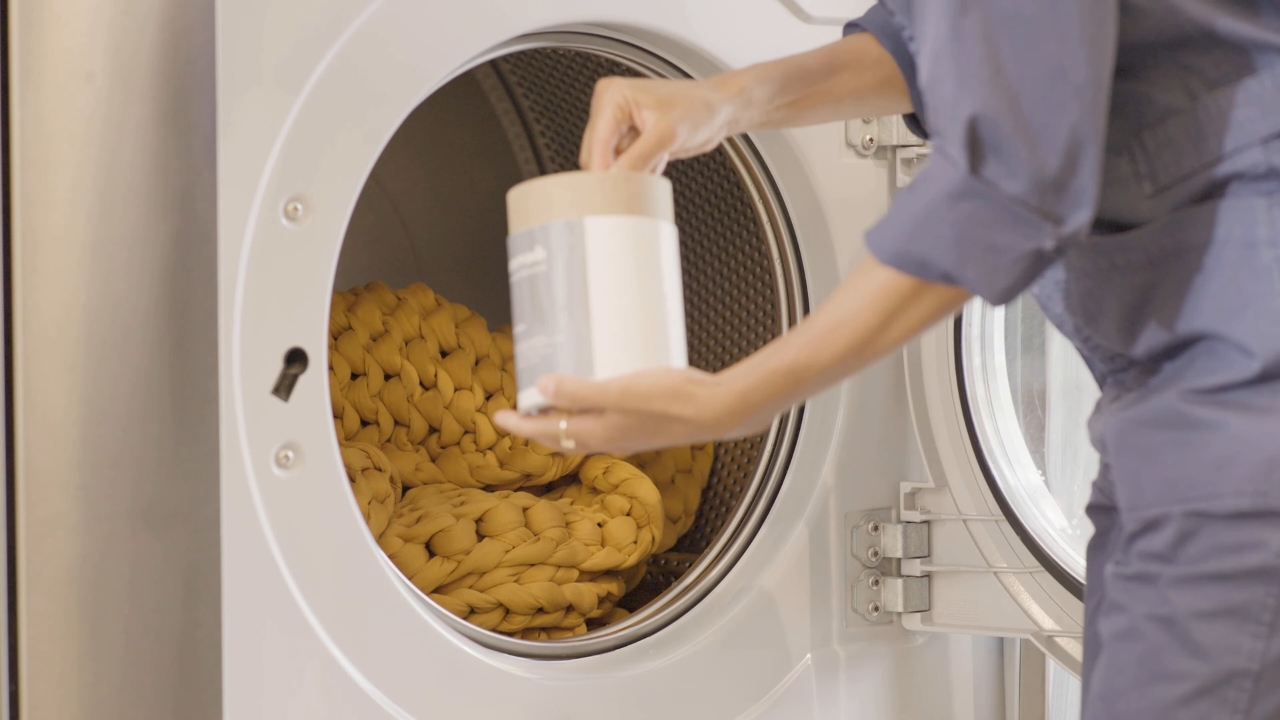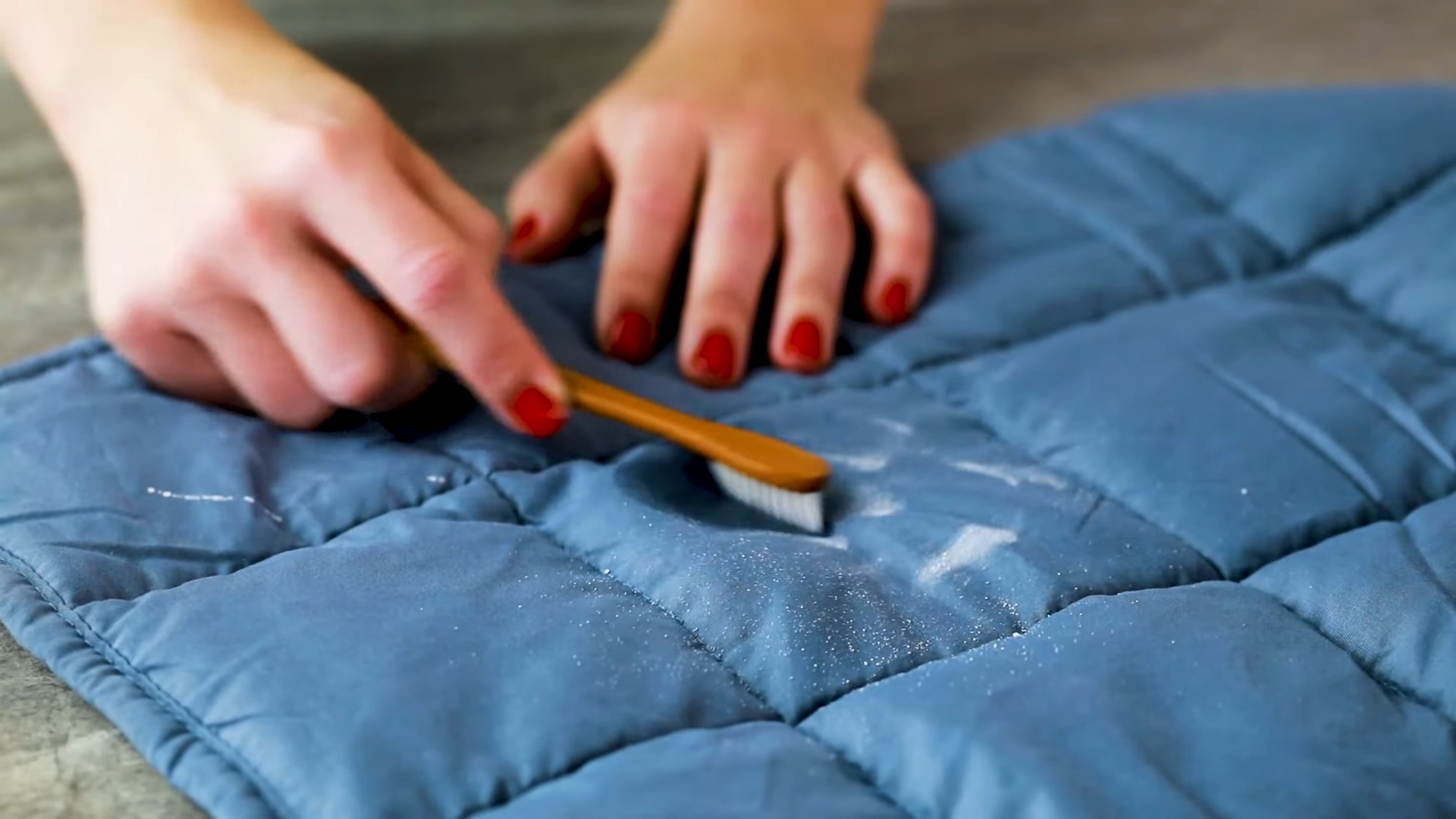I am a dedicated professional in the realm of mental health literature and educational materials. With a rich background spanning over 12 years as a clinical psychologist and educator, I have devoted my career to the exploration and dissemination of knowledge that enriches mental well-being.
My expertise lies in identifying and recommending resources that deepen self-awareness and encourage effective mental health practices. In this article, I will share insights on a topic that, while seemingly mundane, plays a significant role in mental health and comfort: how to properly wash a weighted blanket.
Weighted blankets, known for their therapeutic benefits, such as reducing anxiety and improving sleep quality, require special care to maintain their effectiveness and longevity. This comprehensive guide will walk you through the steps and considerations necessary to clean your weighted blanket, ensuring it continues to provide comfort and support.
Fabric and Fillers
Before you begin the washing process, it’s crucial to understand the materials of your weighted blanket. These blankets are typically made from a variety of fabrics such as cotton, polyester, or minky. Each material has its own washing requirements.
Additionally, the fillers, which give the blanket its weight, can be made of glass beads, plastic pellets, or even natural grains. The type of filler influences the washing method you should use.
Fabric Care
The first step is to check the care label on your blanket. This label provides specific instructions based on the fabric type. For instance, cotton blankets often handle machine washing well, while minky or polyester may need a gentler approach.
| Fabric Type | Washing Recommendations | Notes |
|---|---|---|
| Cotton | Machine washable, use a gentle cycle with cold water. | Cotton is durable and can handle regular washing. |
| Polyester | Preferably hand wash or use a gentle machine cycle. | Polyester is less durable than cotton and may require a softer approach. |
| Minky | Gentle machine wash or hand wash with mild detergent. | Minky fabric is delicate and can lose softness with harsh cleaning. |
Filler Considerations
The type of filler impacts how you handle the washing process. Glass beads are generally more durable and can withstand machine washing better than plastic pellets. Natural grain fillers, on the other hand, may not be washable and might require you to remove them before washing.
| Filler Type | Washing Method | Additional Care Instructions |
|---|---|---|
| Glass Beads | Suitable for machine washing. | Ensure the blanket is evenly distributed in the washer. |
| Plastic Pellets | Gentle machine wash or hand wash. | Avoid high temperatures as they can melt or deform the pellets. |
| Natural Grains | Not suitable for washing. | Remove grains before washing the blanket, if possible. |
General Tips:
- Always check the care label for specific instructions.
- Use a mild detergent without bleach or fabric softeners.
- For heavy blankets, consider using a commercial washer at a laundromat.
- Dry the blanket thoroughly to prevent mold or mildew, especially for natural fillers.
Preparing for Washing
Proper preparation can make a significant difference in the washing process. Start by inspecting your blanket for any damage, such as tears or loose threads. Address these issues before washing to prevent further damage.
Spot Cleaning
For minor stains or spots, spot cleaning is an effective method. Use a mild detergent and a damp cloth to gently clean the affected area. This approach is particularly useful for blankets that are not machine washable.
Washing Machine Size
If machine washing is suitable for your blanket, ensure your washing machine is large enough to accommodate it. Weighted blankets are heavy, and overloading your machine can cause damage to both the blanket and the appliance.
Washing Machine Settings
Choosing the right machine settings is crucial for the care of your weighted blanket. Use a gentle cycle with cold water to prevent damage to the fabric and fillers. Additionally, using a mild detergent without bleach or fabric softener is advisable.
Load Balancing
Balance the load in your washing machine by adding a few towels or a second blanket if necessary. This helps in evenly distributing the weight and preventing excessive strain on your machine.
Water Temperature
Cold water is generally the safest choice as it minimizes the risk of shrinking and color bleeding. However, if your blanket’s care label allows, warmer temperatures can be used for a deeper clean.
Drying Your Weighted Blanket
The drying process is as important as washing. Improper drying can lead to damage or reduced lifespan of your blanket.
Air Drying
Air drying is the safest method for most weighted blankets. Lay the blanket flat on a clean surface or hang it evenly to prevent the fillers from clumping. Avoid direct sunlight as it can fade the fabric.
Machine Drying
If machine drying is an option, use a low heat setting. Remove the blanket periodically to fluff and redistribute the fillers. This prevents clumping and ensures even drying.
Regular Maintenance
Regular maintenance extends the life of your weighted blanket. This includes periodic washing, airing out the blanket, and checking for any wear and tear.
Storage
When not in use, store your weighted blanket in a cool, dry place. Avoid damp areas as they can lead to mold and mildew growth.
Handling Wear and Tear
Regularly inspect your blanket for signs of wear and tear. Addressing issues like loose threads or tears early can prevent further damage.
FAQ
Can I use bleach or fabric softeners on my weighted blanket?
It’s generally not recommended to use bleach or fabric softeners on weighted blankets. Bleach can degrade the fabric and fillers, while fabric softeners can reduce the blanket’s softness and breathability. Stick to mild detergents for safe cleaning.
How often should I wash my weighted blanket?
The frequency of washing depends on usage. If you use your weighted blanket daily, washing it every 4-6 weeks is a good practice. However, if you use a duvet cover, you may only need to wash the blanket itself every few months.
Can I dry-clean my weighted blanket?
Dry cleaning is not typically recommended, especially for those with plastic or glass bead fillers. The chemicals used in dry cleaning can damage the fillers and fabric. Always refer to the care label for specific instructions.
Is it safe to iron my weighted blanket?
Ironing is generally not advised for weighted blankets. The high heat can damage both the fabric and the internal fillers. If your blanket has wrinkles, it’s best to let them smooth out naturally over time or through gentle, low-heat tumbling in the dryer.
How do I handle a weighted blanket that’s too large for my washing machine?
For oversized blankets that don’t fit in a home washing machine, consider using a large-capacity machine at a laundromat. Alternatively, you can hand wash the blanket in a bathtub using mild detergent, though be prepared for a heavy lifting task when it’s wet.
Can I use a weighted blanket immediately after washing and drying?
It’s best to give your weighted blanket some time to air out after washing and drying, even if it feels dry to the touch. This ensures any residual dampness is gone, preventing mold or mildew growth. A few hours in a well-ventilated area should suffice.
Final Words
In conclusion, as a mental health advocate and expert, I understand the importance of maintaining tools that aid in mental well-being. A weighted blanket is more than just a bedding item; it’s a therapeutic companion that requires proper care.
By following the guidelines outlined in this article, you can ensure that your weighted blanket remains a source of comfort and support for years to come. Remember, taking care of your weighted blanket is not just about preserving a physical object; it’s about nurturing a resource that contributes to your mental health and well-being.
Related Posts:
- How Heavy Should a Weighted Blanket Be? Everything…
- Social Learning Theory - A Detailed Guide
- How to Oil Your Hair Effectively at Home - A Detailed Guide
- Does Saccharin Increase the Risk of Type 2 Diabetes?…
- 11 Best Weighted Blankets For Kids To Check out in 2024
- 10 Best King Size Weighted Blankets of 2024 - Expert Picks


